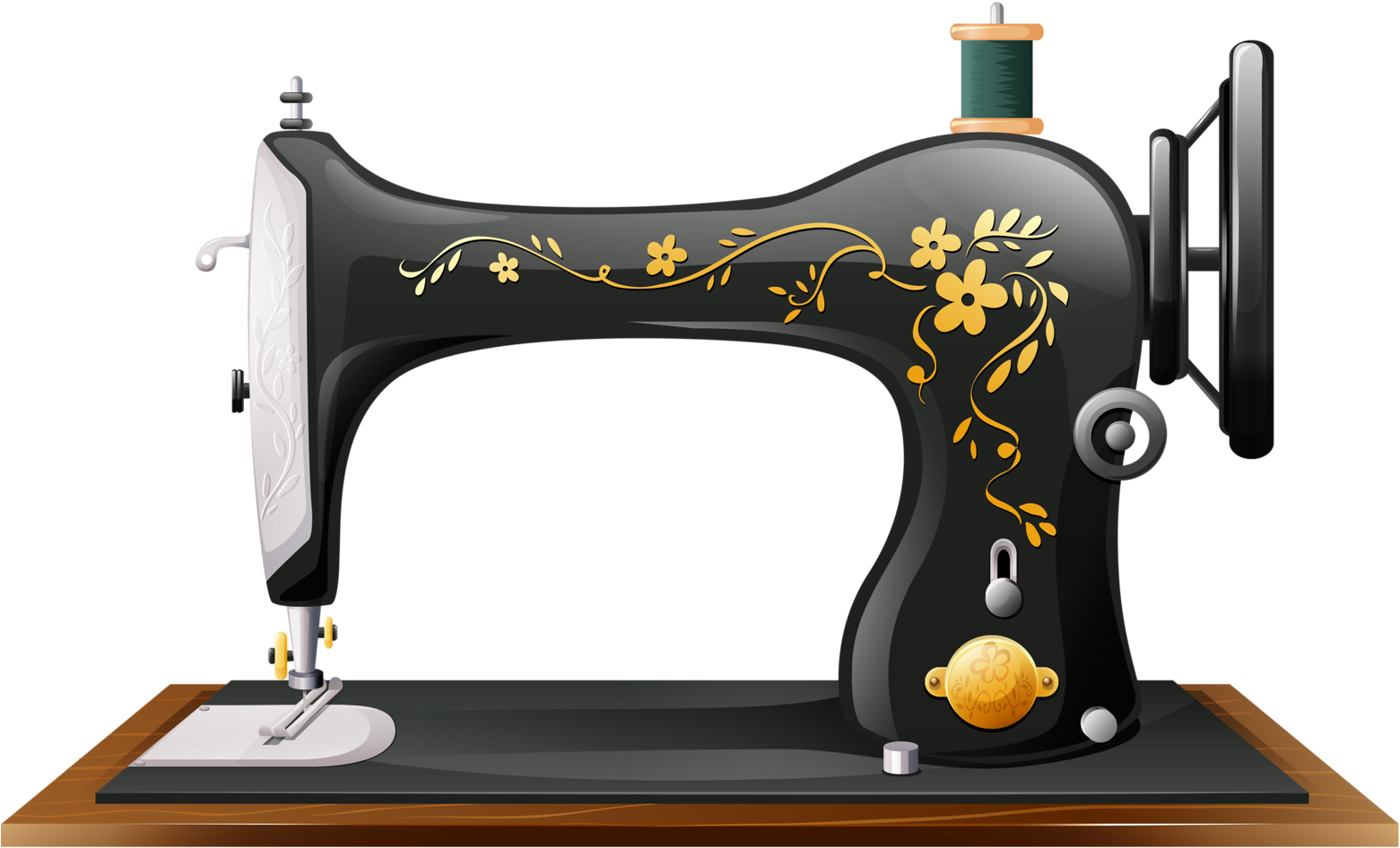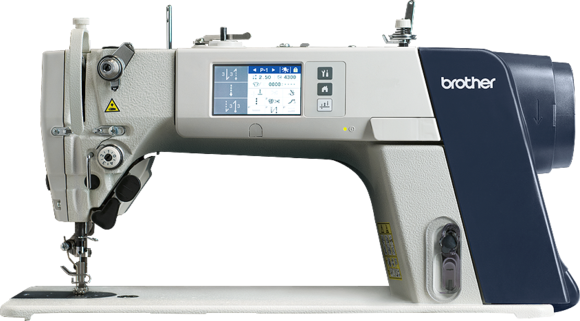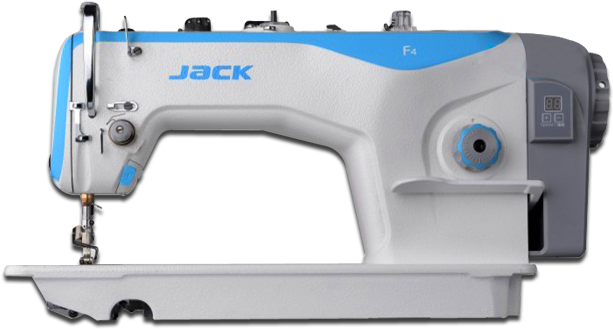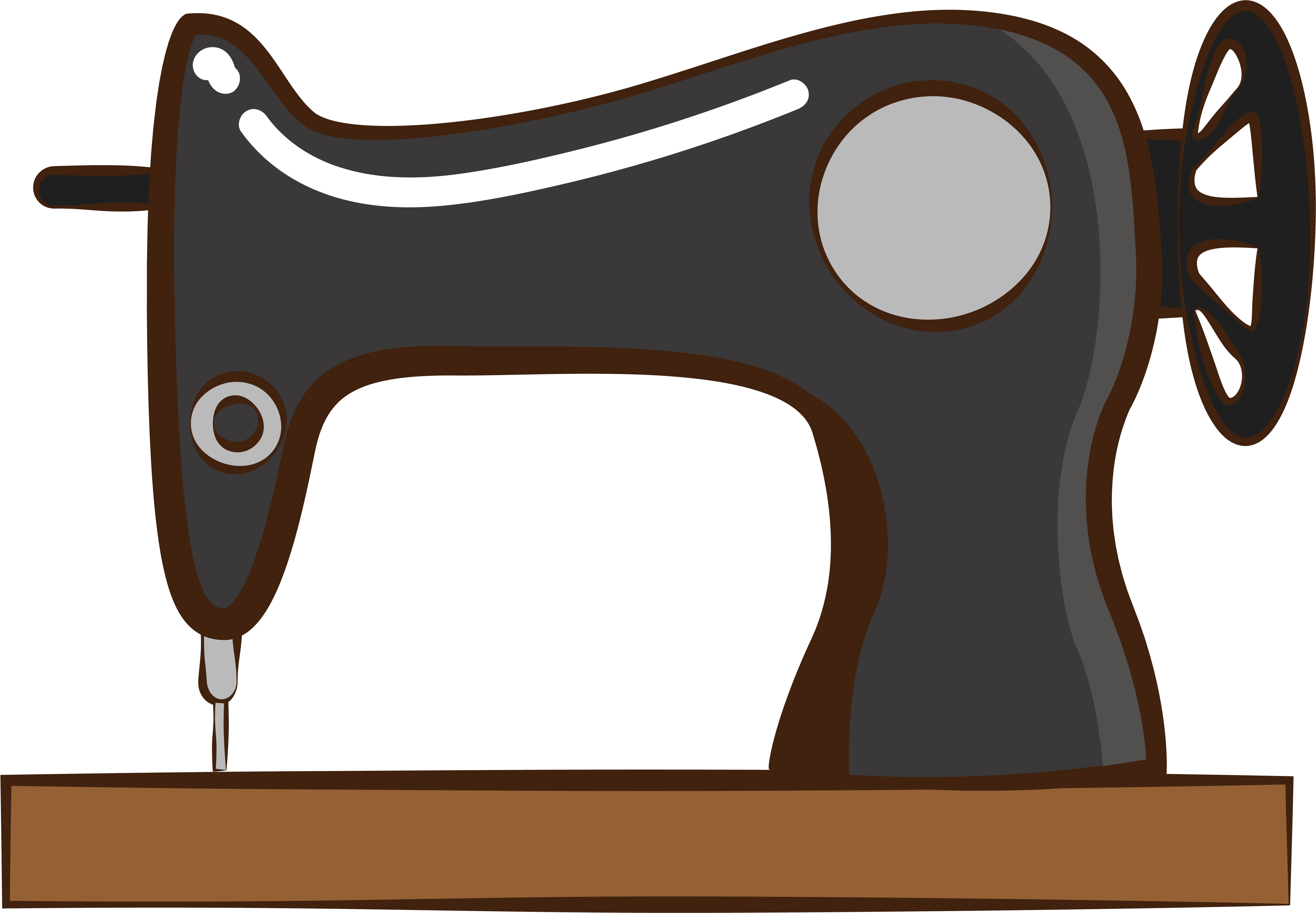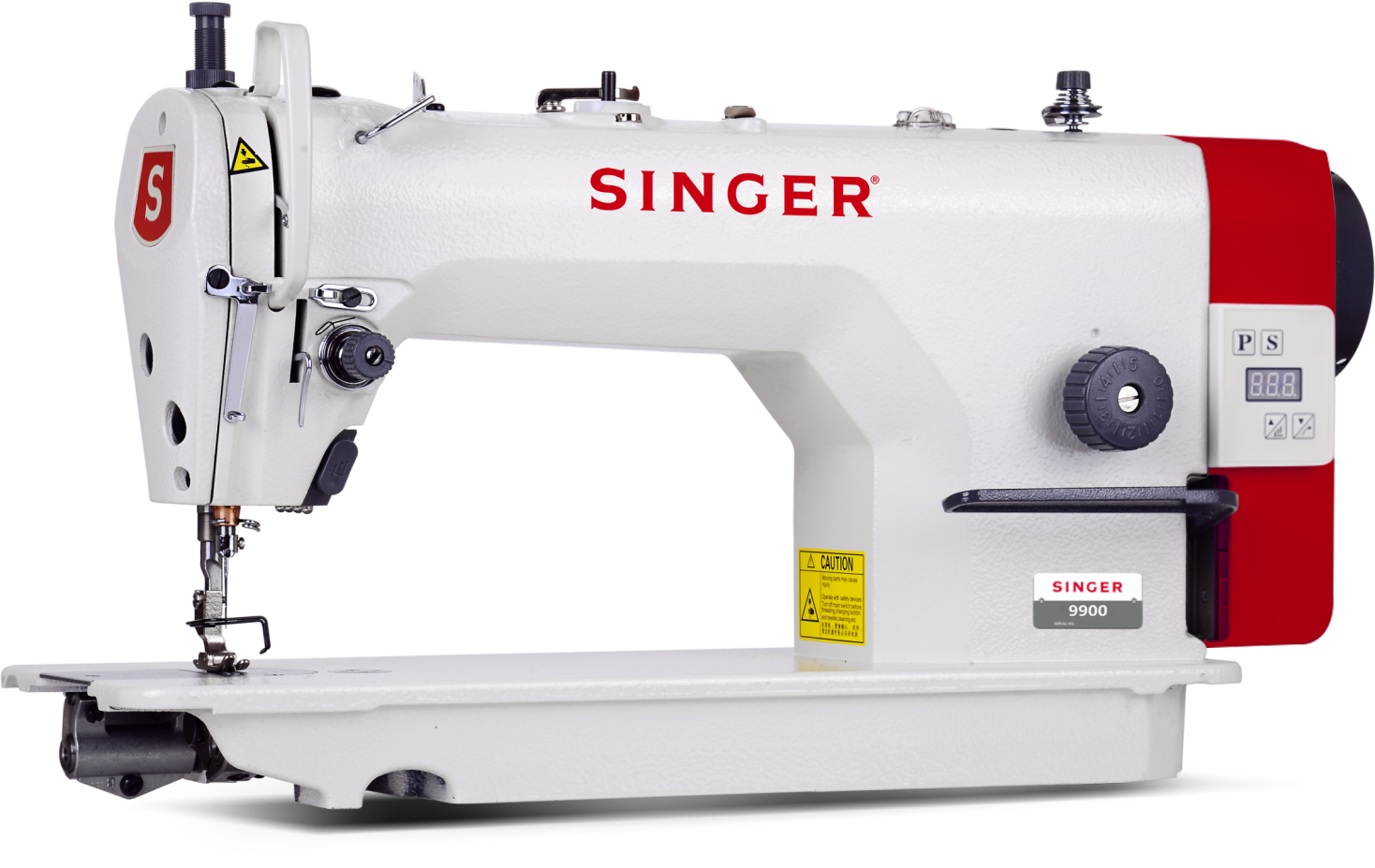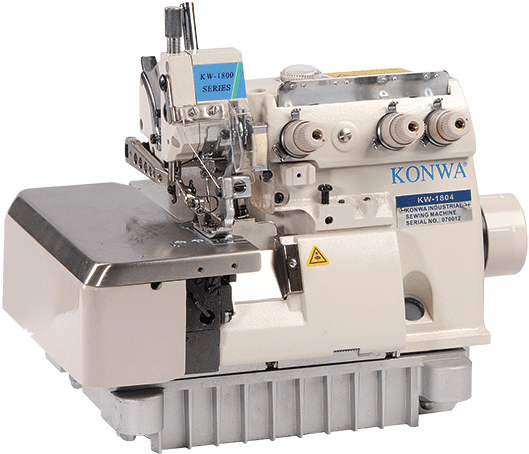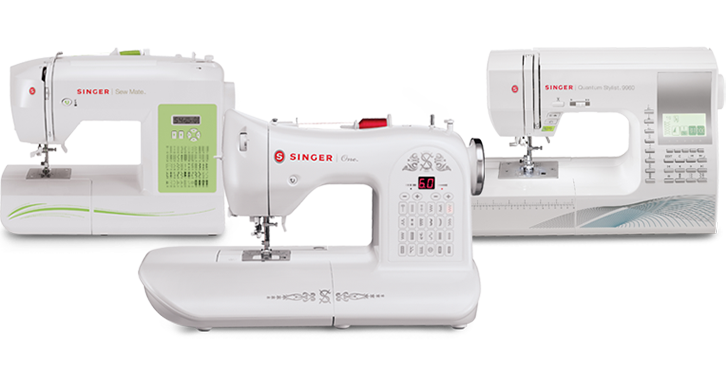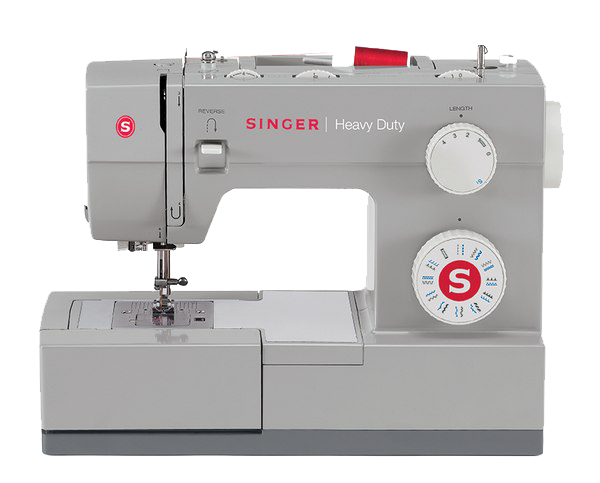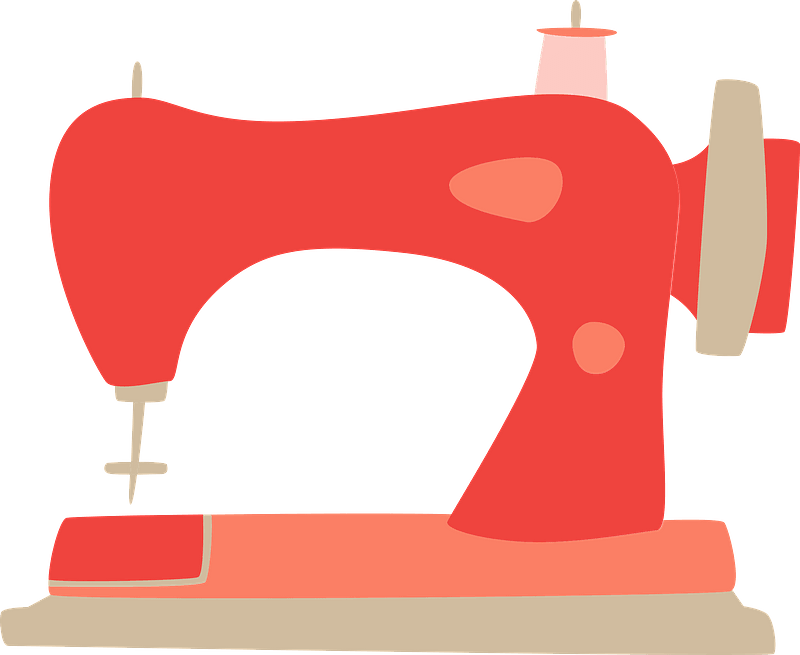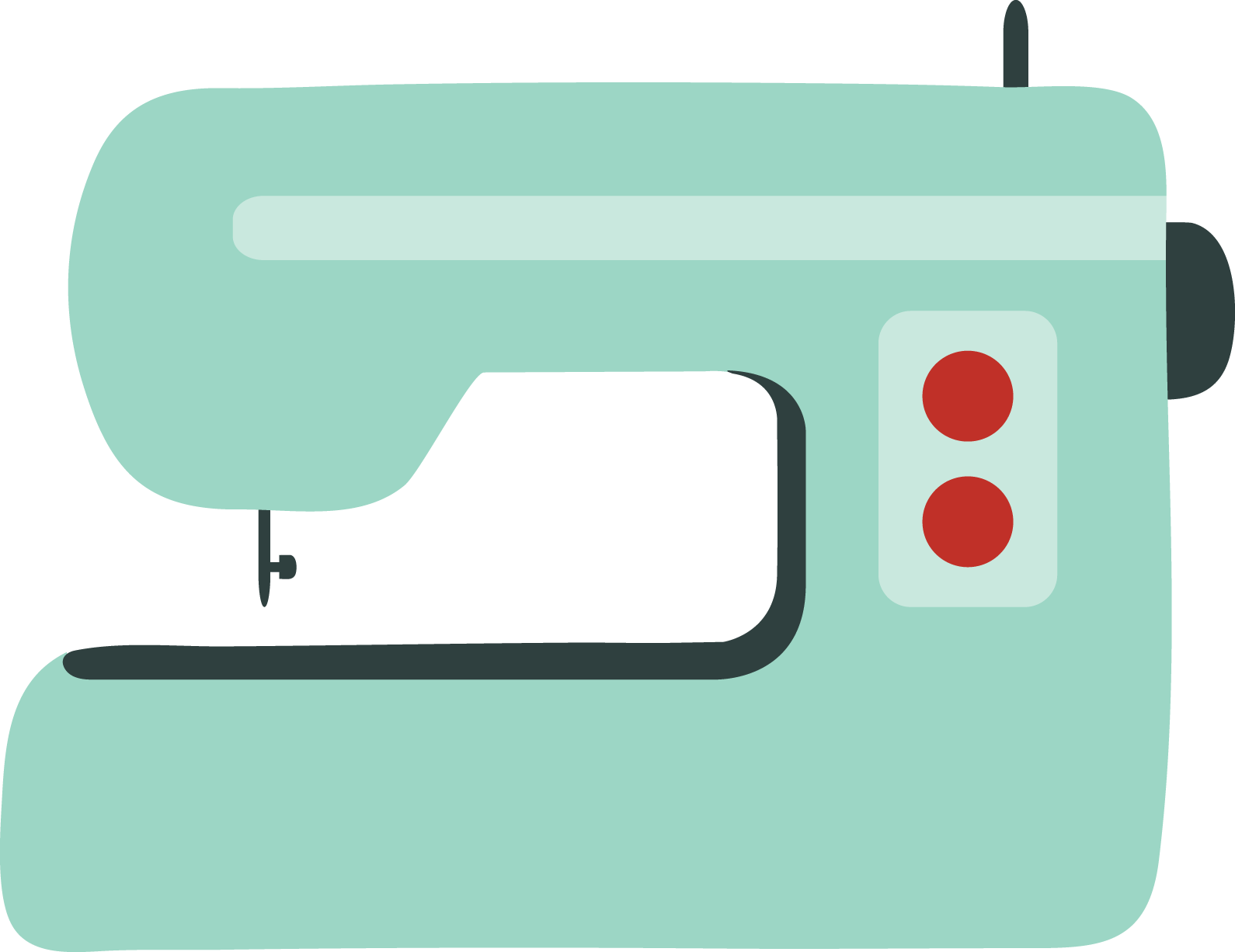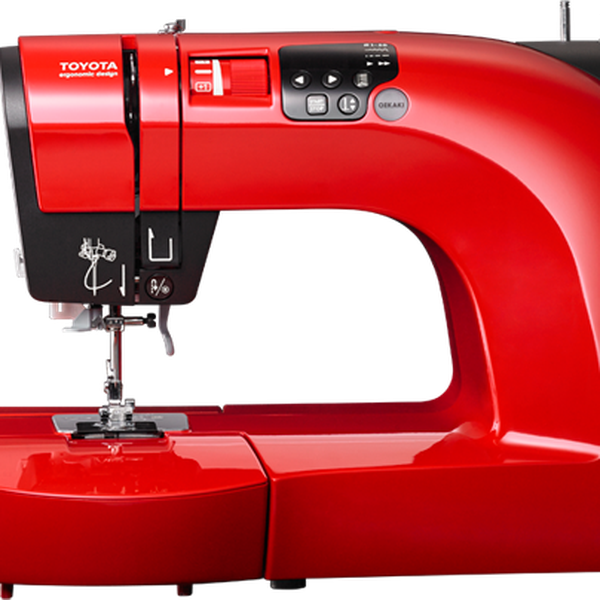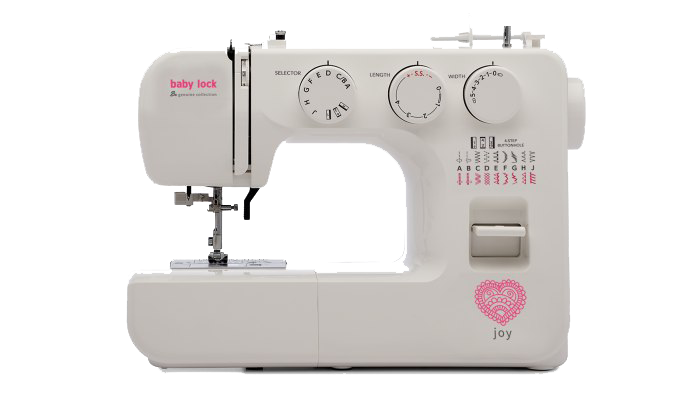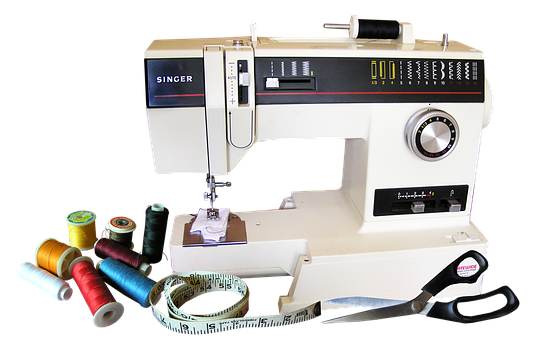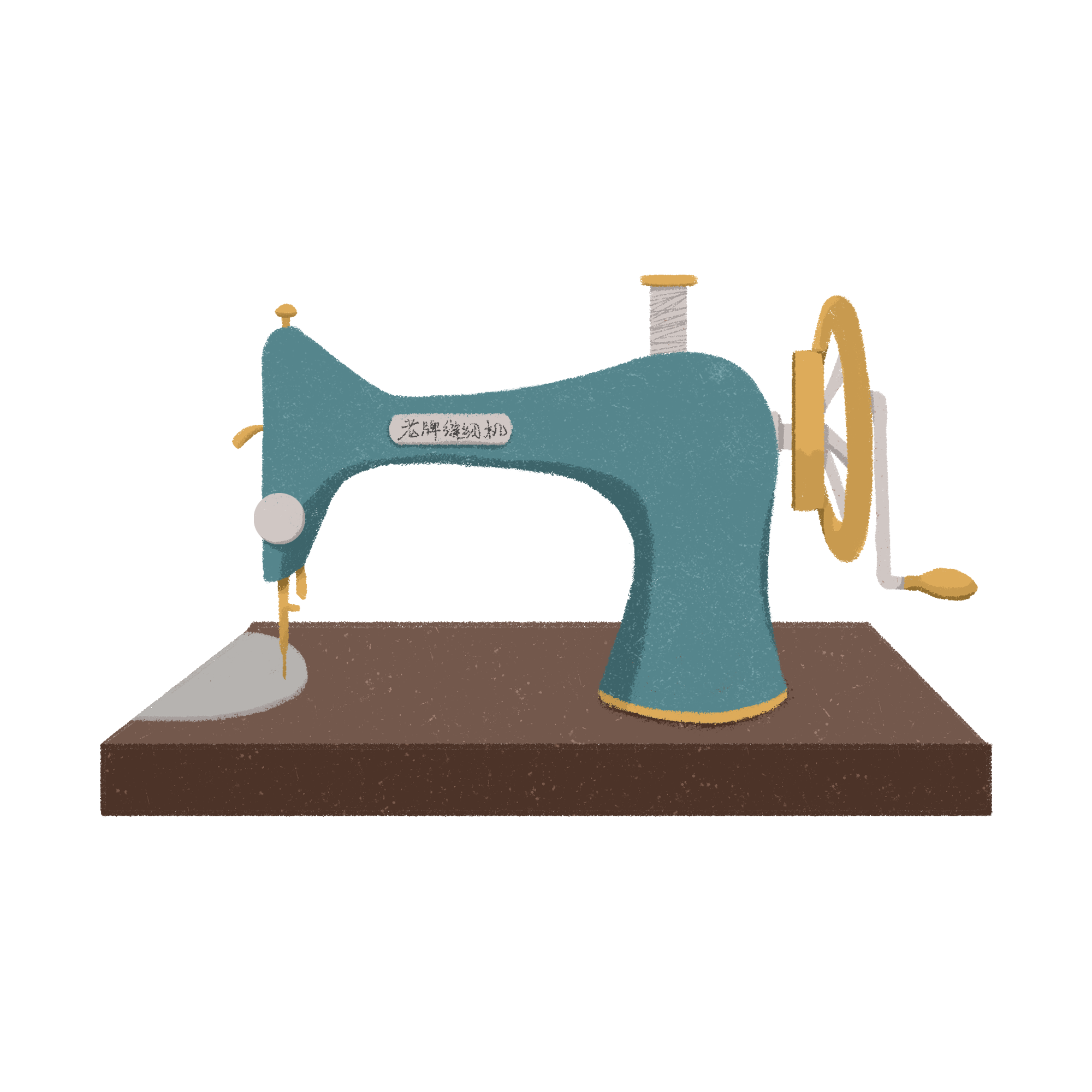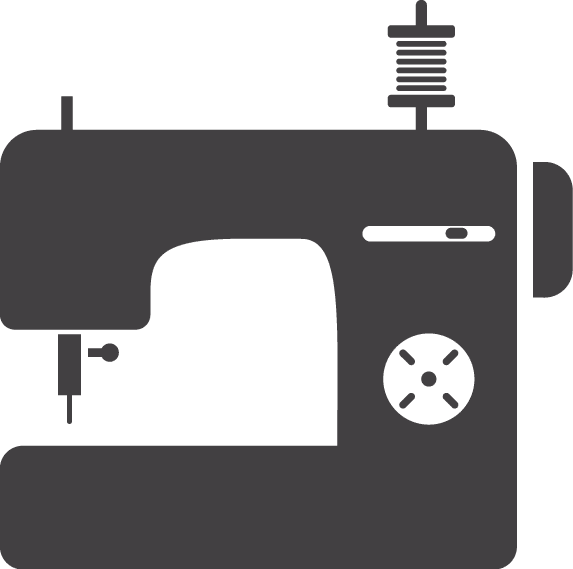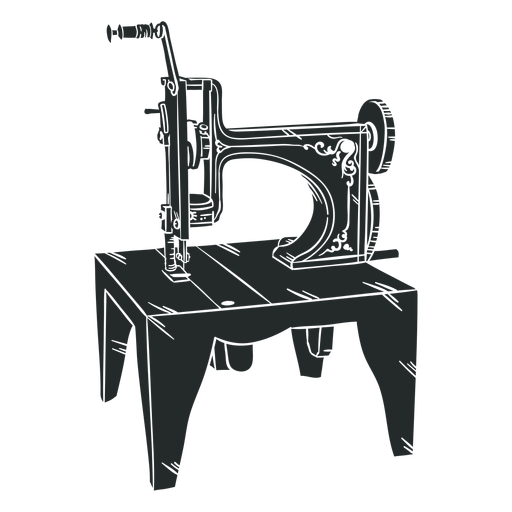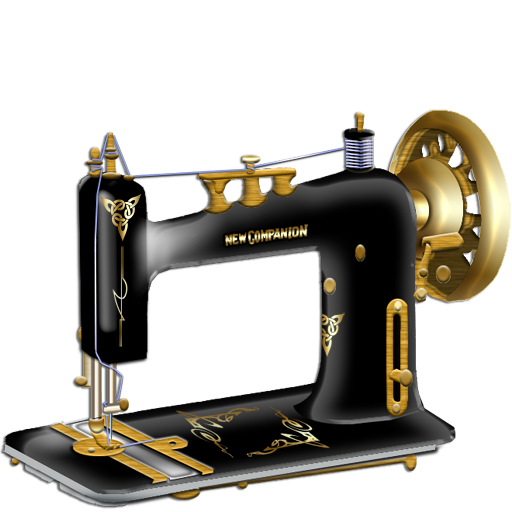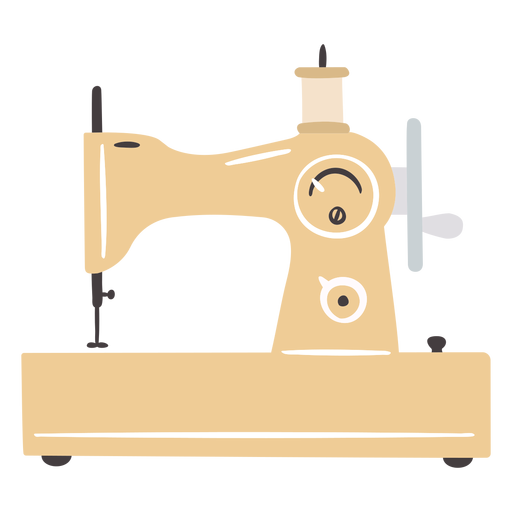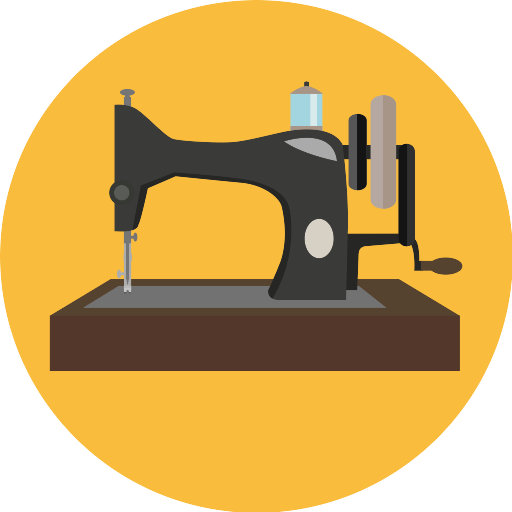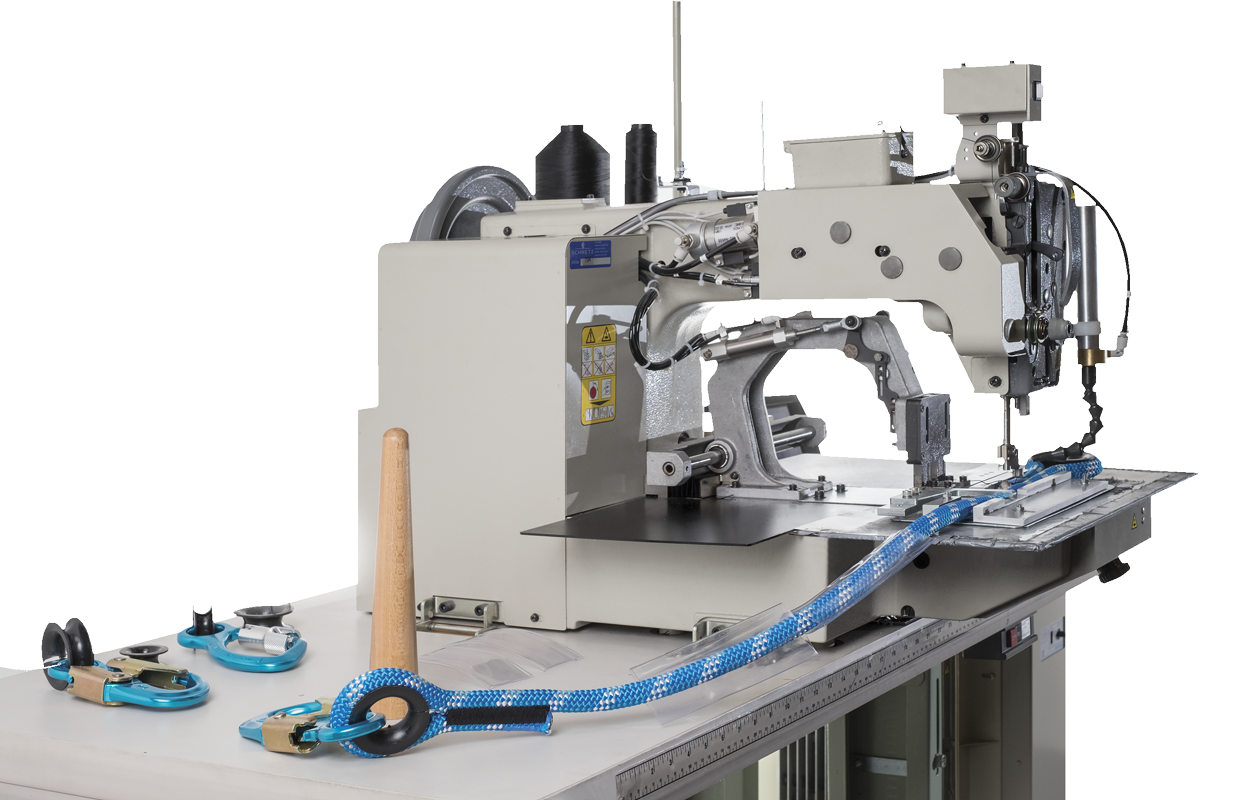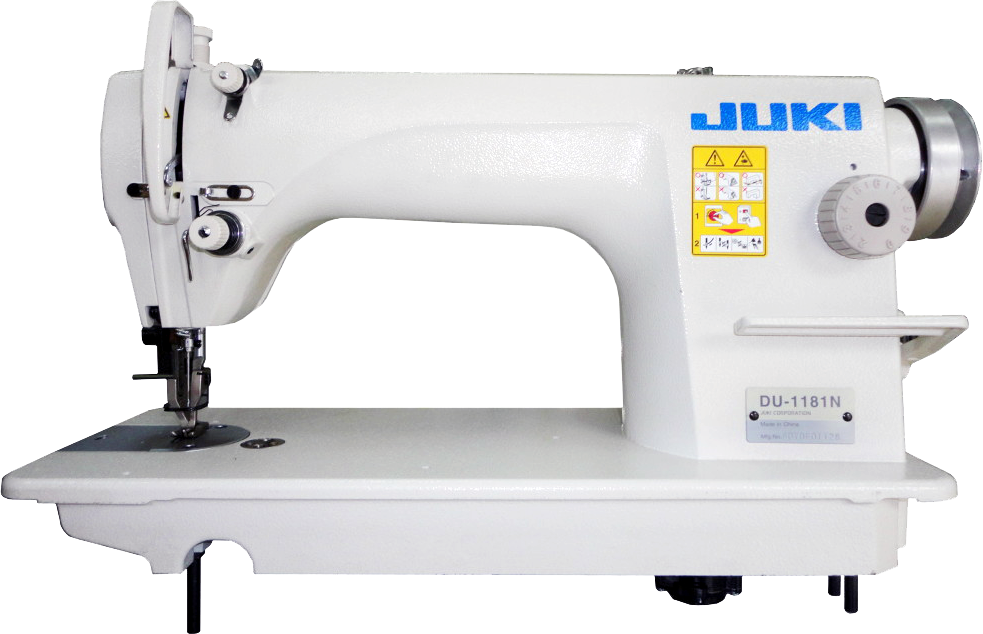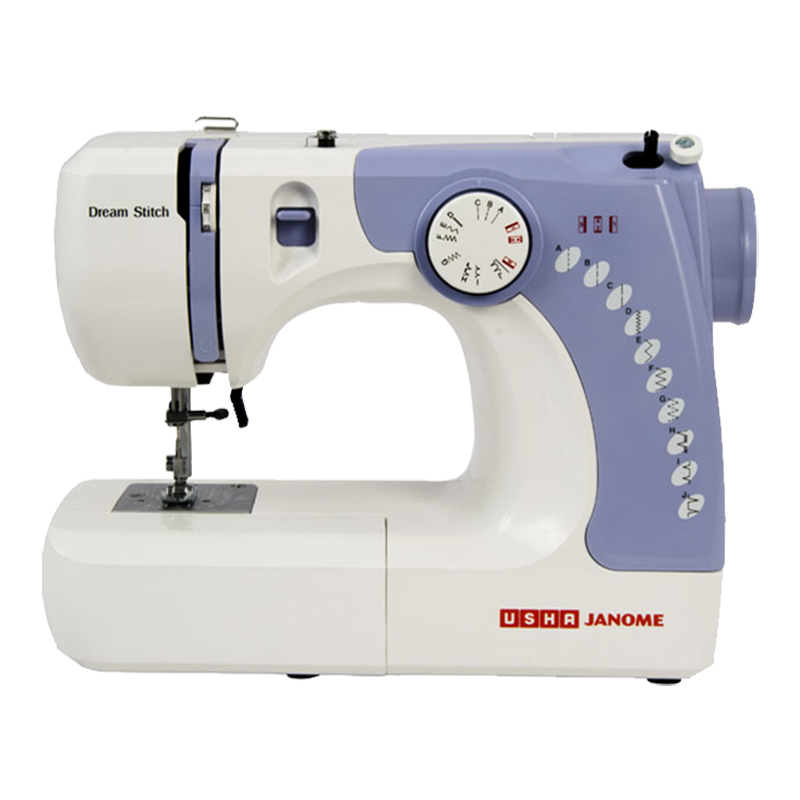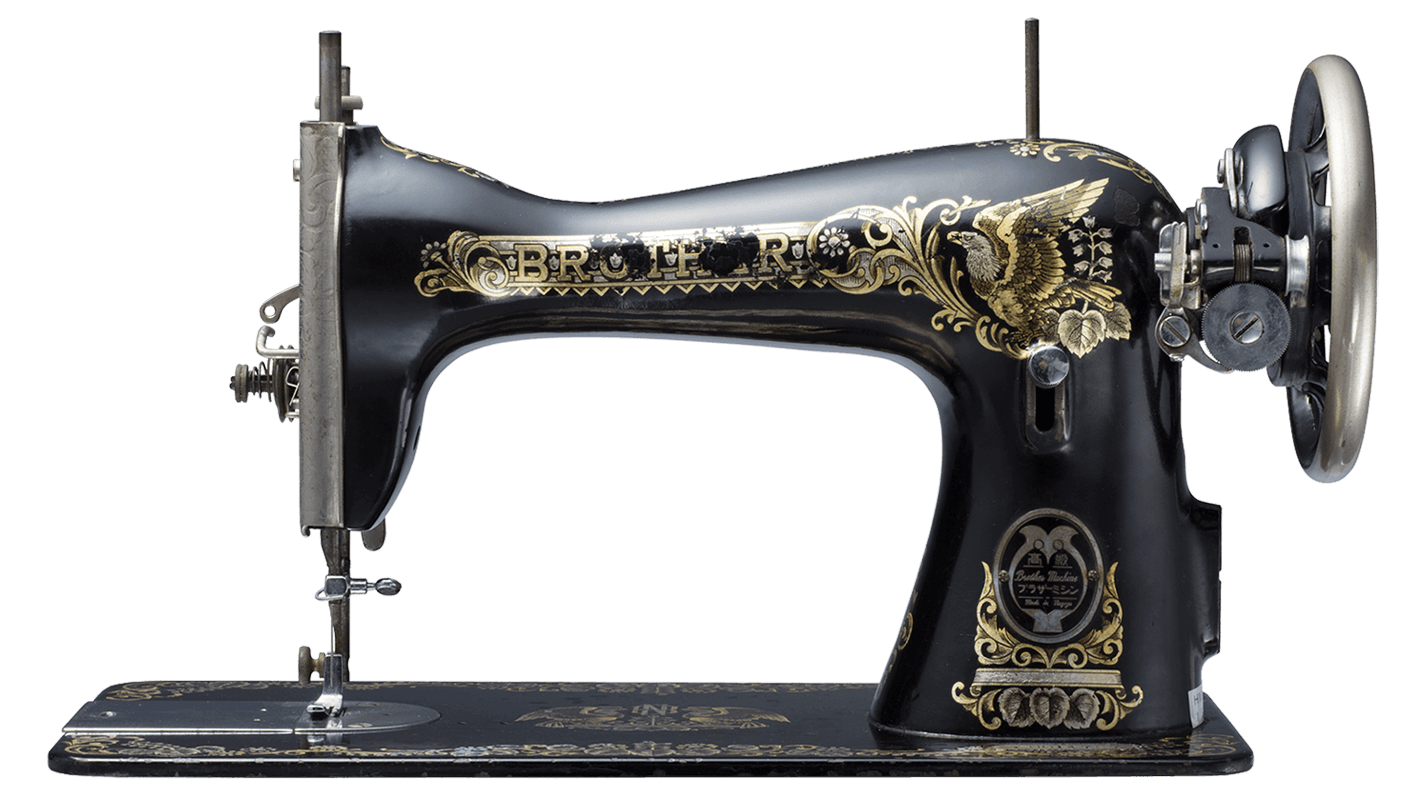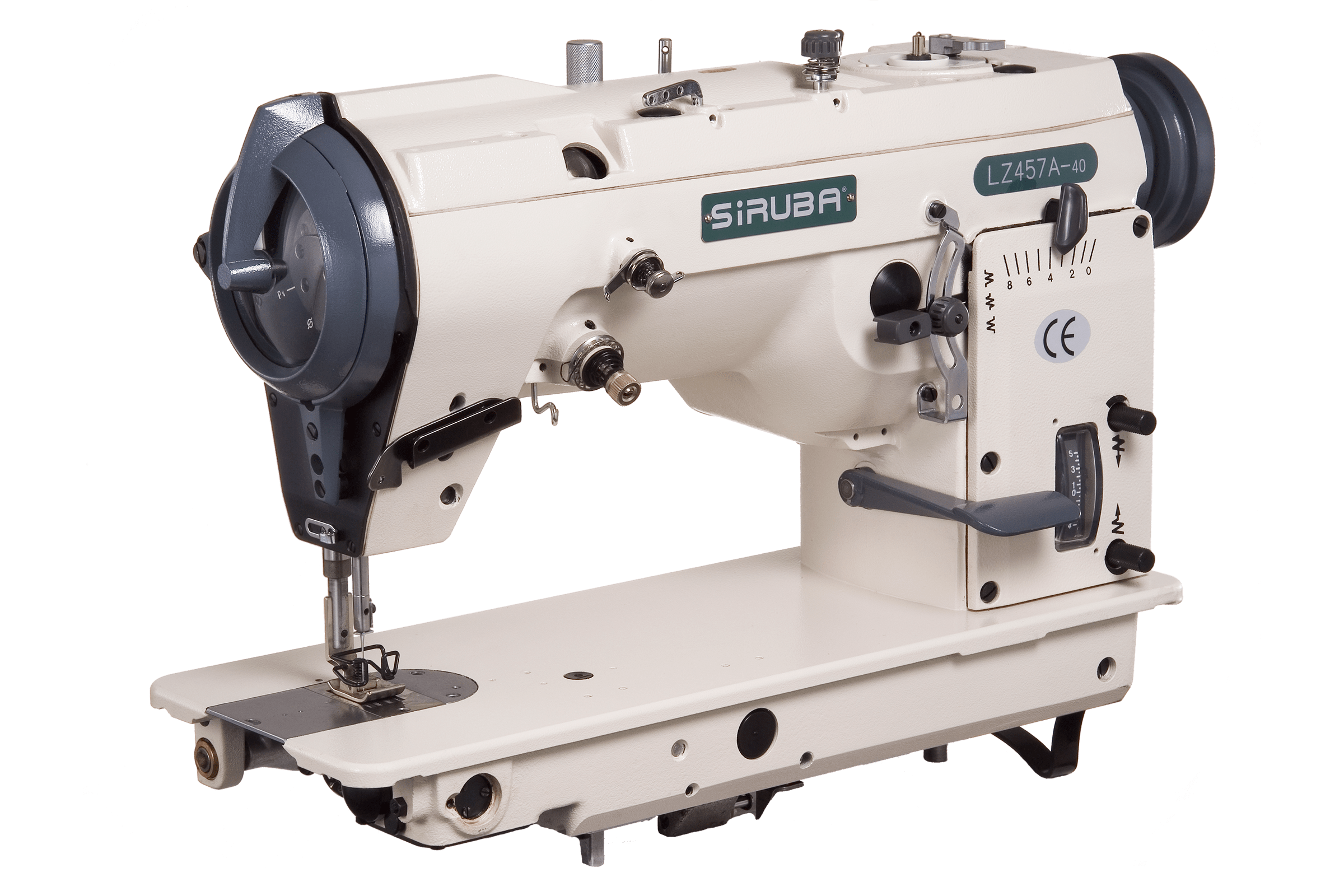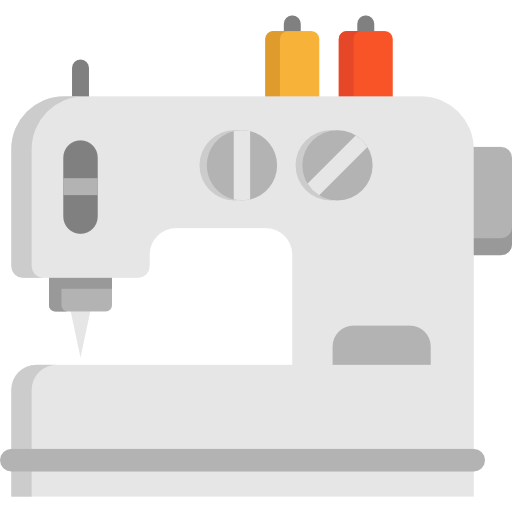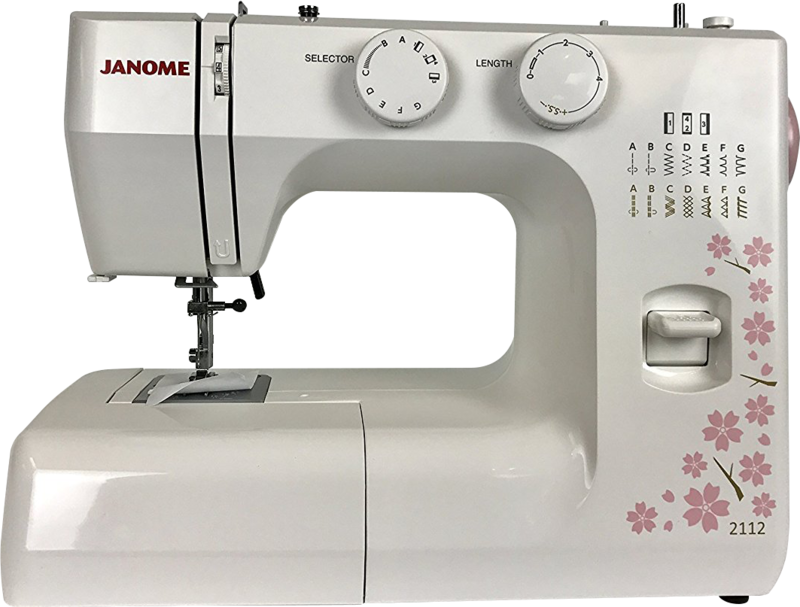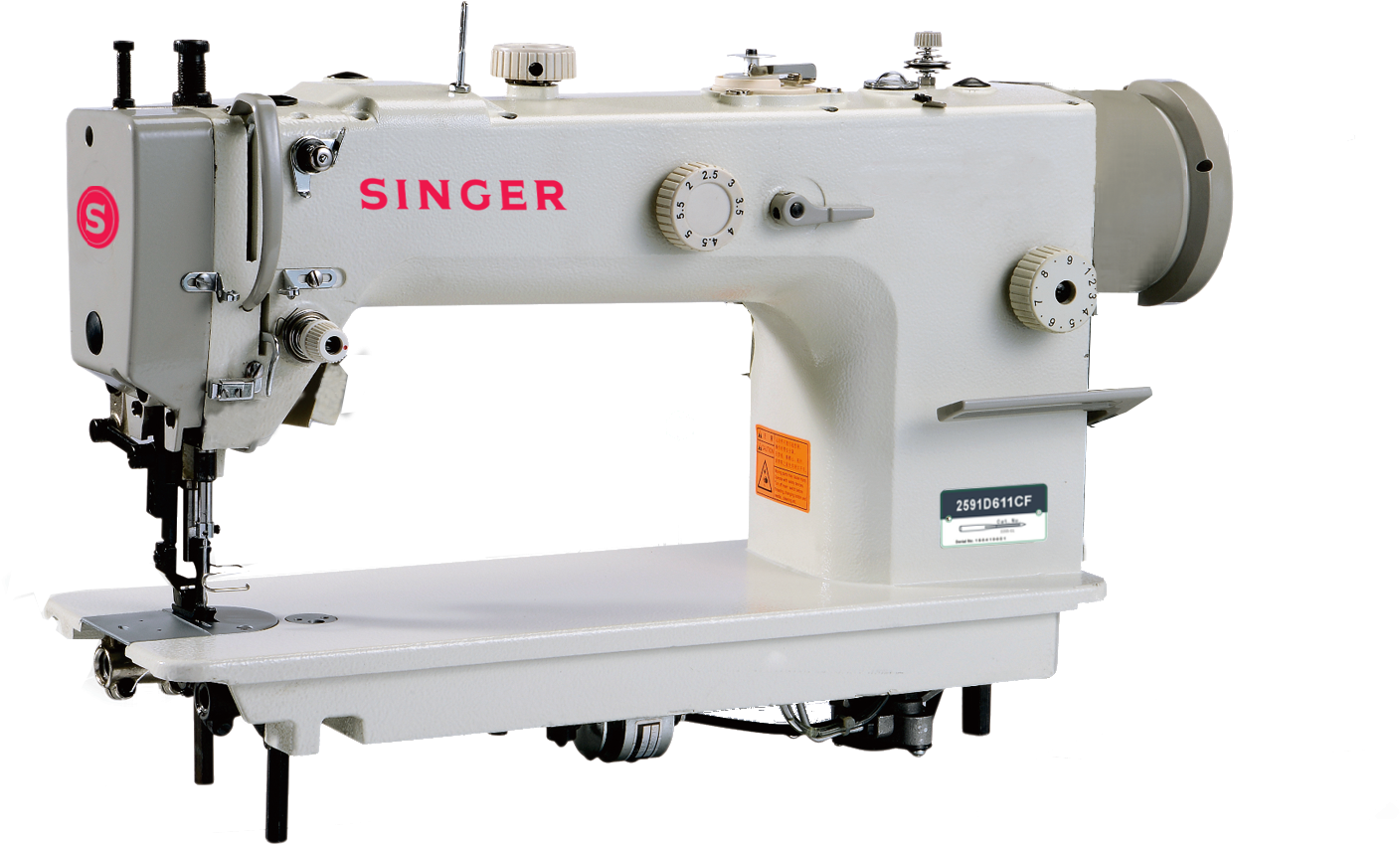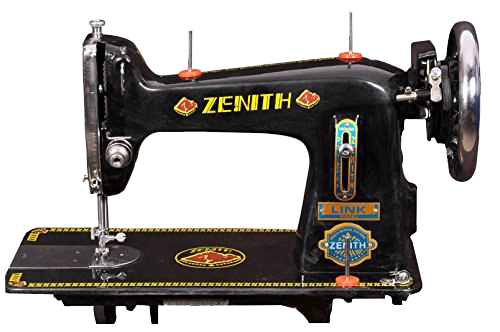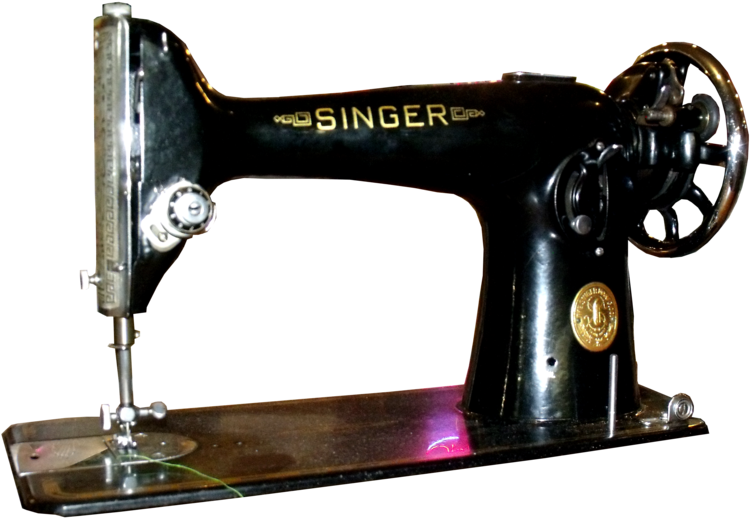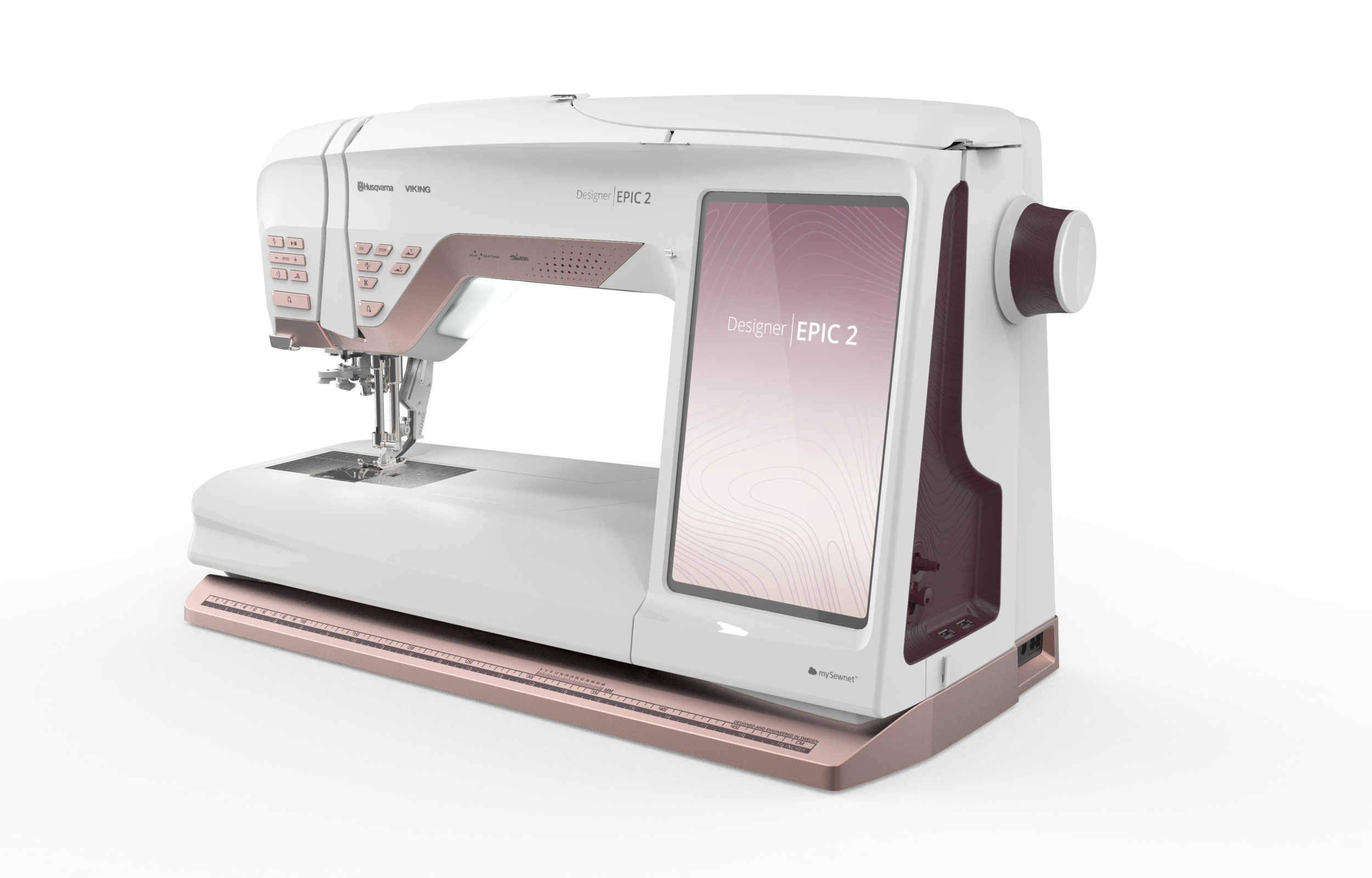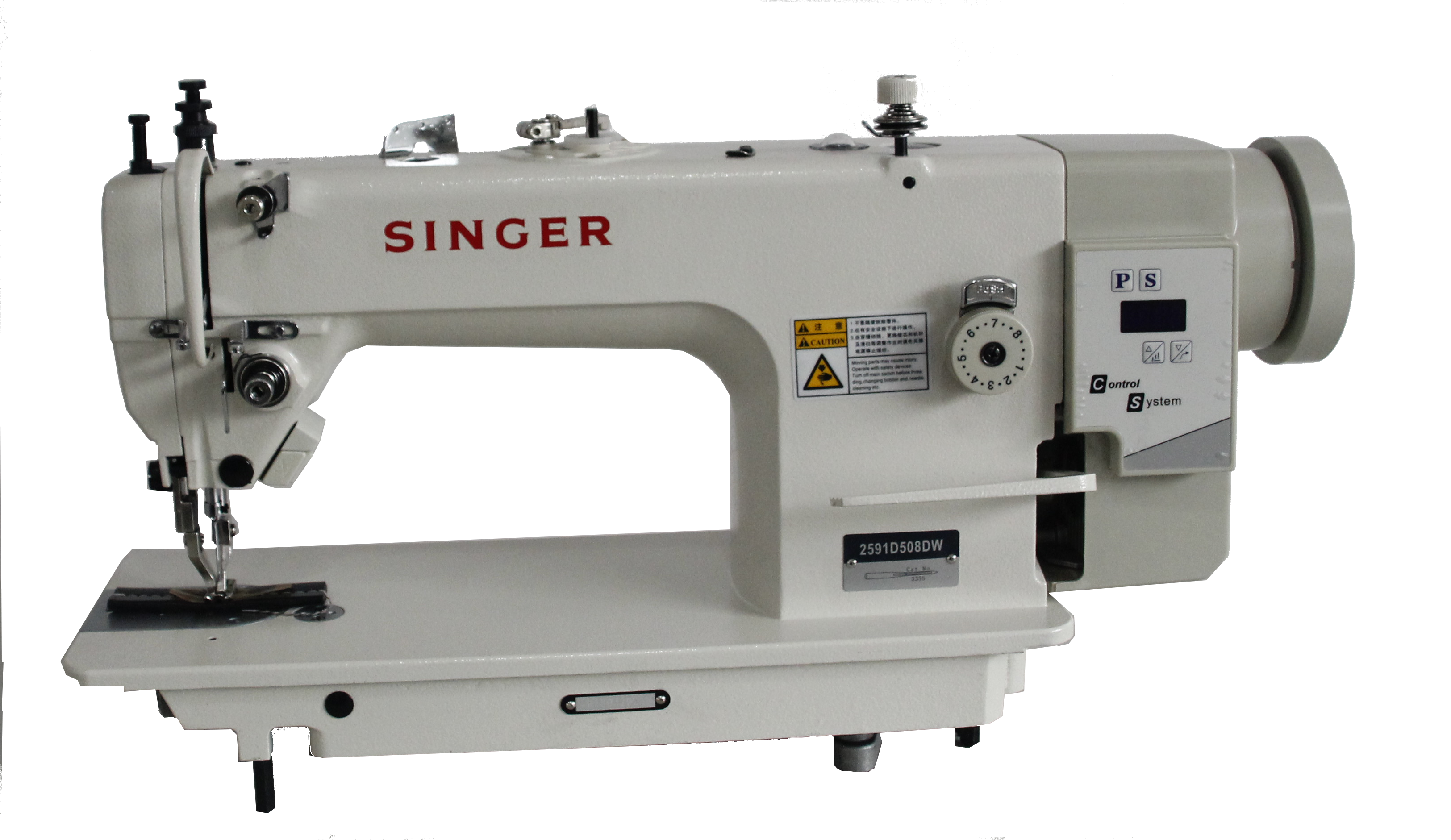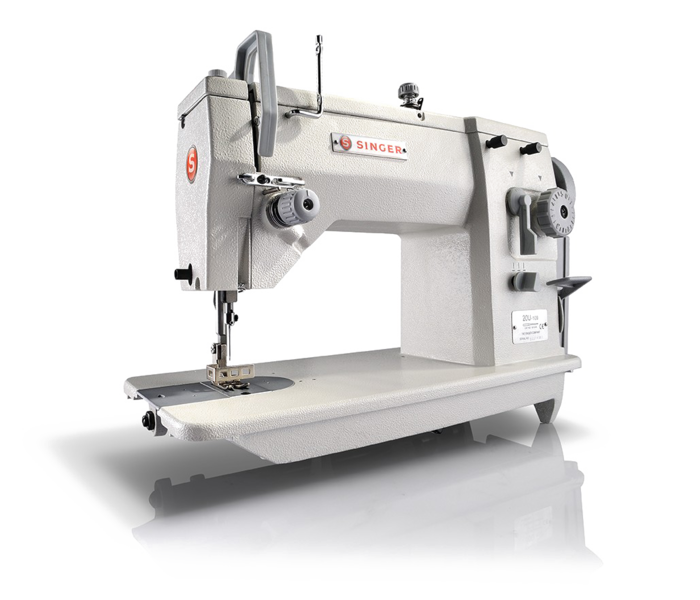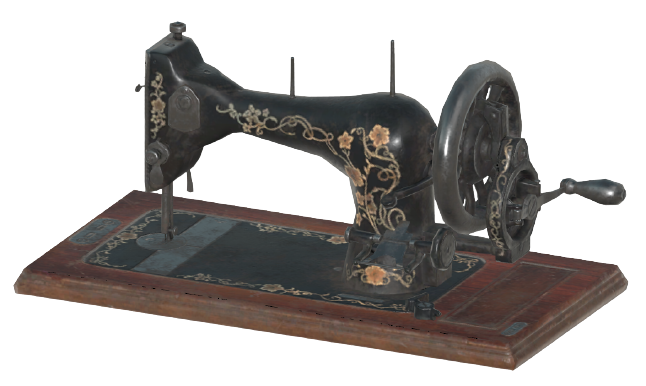Download top and best high-quality free Sewing Machine PNG Transparent Images backgrounds available in various sizes. To view the full PNG size resolution click on any of the below image thumbnail.
License Info: Creative Commons 4.0 BY-NC
A sewing machine is a machine that uses thread to stitch cloth and other materials together. During the first Industrial Revolution, sewing machines were designed to reduce the quantity of hand sewing work done in garment factories. Since the creation of the first sewing machine in 1790, the sewing machine has substantially enhanced the efficiency and production of the apparel industry. The sewing machine is typically credited to Englishman Thomas Saint.
One person can use a home sewing machine to sew specific objects using a single stitch type at a time. The stitching procedure in a contemporary sewing machine has been mechanized so that the cloth flows in and out of the machine without the hassle of needles, thimbles, and other hand sewing equipment. Early sewing machines were driven by a foot-operated treadle mechanism or by continually twisting a handle. Later on, electrically powered machines were introduced.
In comparison to domestic sewing machines, industrial sewing machines are larger, quicker, and more diverse in terms of size, cost, look, and work.
In 1755, the first British patent for a mechanical device to improve the art of sewing was granted to Charles Fredrick Wiesenthal, a German-born engineer working in England. A double-pointed needle with an eye at one end was his innovation.
On the first full sewing machine design for leather work, Thomas Saint’s chain stitch was employed. The eye pointed needle was preceded by an awl, which was used to create a hole in preparation for the thread.
Thomas Saint, an English inventor, devised the first sewing machine design in 1790, however he failed to market or publicize it. His equipment was designed to work with leather and canvas. Saint was a competent cabinet builder, and his gadget featured numerous useful functional features: an overhanging arm, a feed mechanism (suitable for small lengths of leather), a vertical needle bar, and a looper.
The machine was invented by Saint to minimize the quantity of hand-stitching on clothing in general, making sewing more dependable and useful.
His sewing machine employed the chain stitch method, which involves the machine making small stitches in the cloth with a single thread. A stitching awl pierced the cloth, and a forked point rod carried the thread through the hole, hooking it beneath and moving it to the next stitching location, where the cycle would be repeated, securing the stitch. Saint’s machine was created to help in the production of leather items such as saddles and bridles, but it could also operate with canvas and was used to make ship sails.
Despite the fact that his machine was technologically sophisticated for the time, the concept would need to be refined over the next few decades before it could become a viable option. Saint’s designs were discovered at the UK Patent Office in 1874, and a sewing machine maker, William Newton Wilson, made improvements to the looper and produced a functional machine, which is now in the Science Museum in London.
Thomas Stone and James Henderson of England produced a sewing machine in 1804, while John Duncan of Scotland built an embroidering machine in 1804. Josef Madersperger, an Austrian tailor, began building his first sewing machine in 1807 and demonstrated it in 1814. The Austrian tailor worked on the construction of his machine with the help of his government until 1839, when he constructed a machine that used the chain stitch to mimic the weaving process.
Barthélemy Thimonnier, a French tailor, created the first practical and extensively used sewing machine in 1829. His machine, like Saint’s, stitched straight seams with chain stitch, and he signed a contract with Auguste Ferrand, a mining engineer, in 1830, who drew the necessary drawings and filed a patent application. On July 17, 1830, he received a patent for his machine, and the following year, he founded the first machine-based garment manufacturing enterprise in the world, which produced soldier uniforms for the French Army.
Following the patent’s issuance, however, the plant was burnt down, allegedly by workers scared of losing their jobs. The Science Museum in London has a replica of the mechanism on display. The machine is constructed of wood and employs a barbed needle to capture the thread and draw it up to form a loop, which is then secured by the following loop.
Walter Hunt created the first American lockstitch sewing machine in 1832. The top thread was carried by a needle with the eye and tip on the same end, while the lower thread was carried by a descending shuttle. The bent needle traveled horizontally through the cloth, leaving the loop as it retreated. The shuttle went through the loop, tying the thread together.
The feed was unstable, necessitating many stops and restarts of the machine. Hunt soon lost interest in his machine and began selling individual units without bothering to patent it, eventually patenting it in 1854. The first sewing machine in the United States was patented by John Greenough in 1842. In 1841, Newton and Archibold, two British partners, created the eye-pointed needle and the use of two pressing surfaces to keep the fabric pieces in place.
Download Sewing Machine PNG images transparent gallery.
- Sewing Machine PNG HD Image
Resolution: 1561 × 946
Size: 462 KB
Image Format: .png
Download
- Sewing Machine Equipment PNG File
Resolution: 580 × 321
Size: 246 KB
Image Format: .png
Download
- Sewing Machine PNG Image HD
Resolution: 613 × 329
Size: 205 KB
Image Format: .png
Download
- Sewing Machine PNG Picture
Resolution: 5507 × 3820
Size: 352 KB
Image Format: .png
Download
- Sewing Machine PNG Images HD
Resolution: 1468 × 927
Size: 999 KB
Image Format: .png
Download
- Sewing Machine PNG Pic
Resolution: 529 × 454
Size: 135 KB
Image Format: .png
Download
- Sewing Machine Equipment PNG Picture
Resolution: 728 × 378
Size: 205 KB
Image Format: .png
Download
- Sewing Machine Equipment PNG Images HD
Resolution: 600 × 483
Size: 131 KB
Image Format: .png
Download
- Sewing Machine PNG Cutout
Resolution: 800 × 655
Size: 22 KB
Image Format: .png
Download
- Sewing Machine PNG
Resolution: 1590 × 1226
Size: 34 KB
Image Format: .png
Download
- Sewing Machine PNG Photos
Resolution: 600 × 600
Size: 343 KB
Image Format: .png
Download
- Sewing Machine Equipment Transparent
Resolution: 700 × 394
Size: 97 KB
Image Format: .png
Download
- Sewing Machine Equipment PNG Clipart
Resolution: 535 × 340
Size: 221 KB
Image Format: .png
Download
- Sewing Machine Transparent
Resolution: 2000 × 2000
Size: 739 KB
Image Format: .png
Download
- Sewing Machine PNG Images
Resolution: 573 × 569
Size: 3 KB
Image Format: .png
Download
- Sewing Machine PNG File
Resolution: 512 × 512
Size: 66 KB
Image Format: .png
Download
- Sewing Machine PNG Image File
Resolution: 960 × 597
Size: 319 KB
Image Format: .png
Download
- Sewing Machine Equipment PNG Photos
Resolution: 512 × 512
Size: 144 KB
Image Format: .png
Download
- Sewing Machine PNG Photo
Resolution: 512 × 512
Size: 49 KB
Image Format: .png
Download
- Sewing Machine Equipment PNG Image HD
Resolution: 512 × 512
Size: 23 KB
Image Format: .png
Download
- Sewing Machine PNG Free Image
Resolution: 1236 × 800
Size: 836 KB
Image Format: .png
Download
- Sewing Machine Equipment No Background
Resolution: 983 × 634
Size: 472 KB
Image Format: .png
Download
- Sewing Machine Equipment
Resolution: 800 × 800
Size: 259 KB
Image Format: .png
Download
- Sewing Machine Equipment PNG Photo
Resolution: 1420 × 800
Size: 284 KB
Image Format: .png
Download
- Sewing Machine Equipment PNG Images
Resolution: 2043 × 1535
Size: 2124 KB
Image Format: .png
Download
- Sewing Machine Equipment PNG Cutout
Resolution: 2400 × 1600
Size: 1142 KB
Image Format: .png
Download
- Sewing Machine Equipment PNG HD Image
Resolution: 512 × 512
Size: 11 KB
Image Format: .png
Download
- Sewing Machine No Background
Resolution: 800 × 607
Size: 435 KB
Image Format: .png
Download
- Sewing Machine PNG Clipart
Resolution: 1408 × 849
Size: 1250 KB
Image Format: .png
Download
- Sewing Machine Equipment PNG Free Image
Resolution: 500 × 332
Size: 163 KB
Image Format: .png
Download
- Sewing Machine
Resolution: 750 × 518
Size: 424 KB
Image Format: .png
Download
- Sewing Machine PNG Image
Resolution: 2500 × 1600
Size: 2565 KB
Image Format: .png
Download
- Sewing Machine Equipment PNG Image
Resolution: 3250 × 1882
Size: 4277 KB
Image Format: .png
Download
- Sewing Machine Equipment PNG Pic
Resolution: 700 × 600
Size: 364 KB
Image Format: .png
Download
- Sewing Machine Equipment PNG
Resolution: 646 × 386
Size: 224 KB
Image Format: .png
Download
